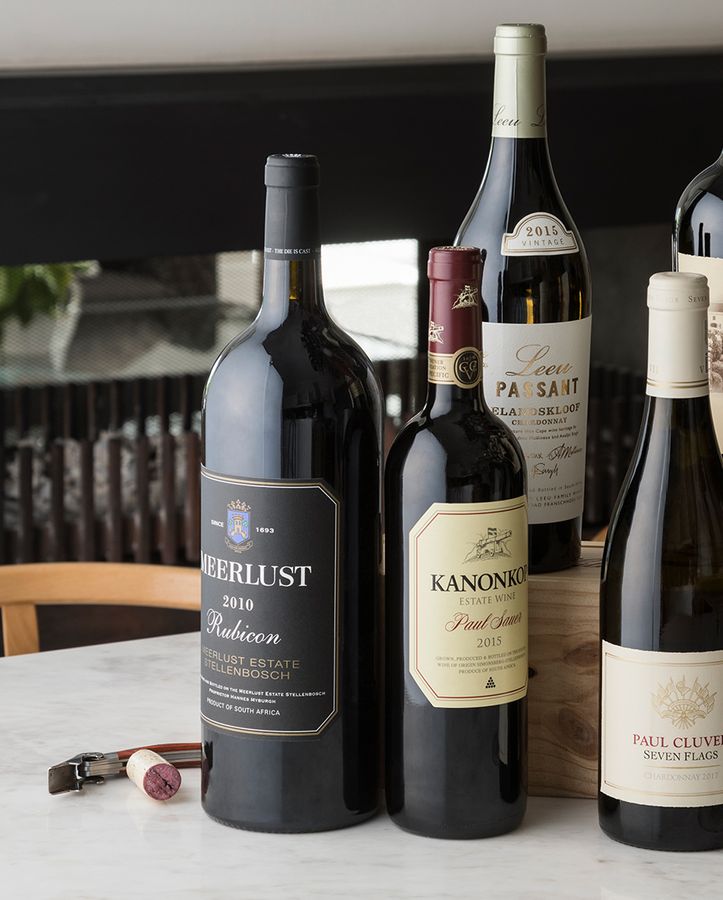There’s no shortage of people willing to become tasters for a day. Some might even consider a longer contract – a week or two, perhaps even a month. Anything longer than this has more than a whiff of masochism to it. Whether it’s wine – or crisps, canned fish or braai sauce - that you are expected to dedicate your waking day to, the prospect of waking up every morning to eight hours of pulverising your senses with a seemingly endless line-up of near identical product swiftly loses its charm.
Since you are also expected to make nuanced judgement calls about the quality of whatever it is you’re popping into your mouth, it’s easy to see how the job might fail to have long-term appeal. Add to this the burden of the mental focus demanded of a position where there’s no tolerance of error and it becomes clear that only a special kind of person, imbued with the aptitudes and resilience necessary to pass the arduous training and testing requirements of the profession, is ever likely to make a career of being a taster.
Blind tasting as an exercise to determine wine quality is completely different from the party trick of guessing the identity of a wine (or at least its area of origin and vintage) after a few minutes of swirling, sipping and savouring. The former aims to separate the brand message from the intrinsic quality of what is in the glass; the latter is about recognising the features associated with a particular site or vintage.
As Tim Atkin MW, a past judge at the Trophy Wine Show noted, “experienced judges generally agree on a wine’s merits or shortcomings, even if it’s something they wouldn’t choose to drink themselves. Incidentally, that’s why discussion ... is so important among panel members. No one is born a great taster. Some people have a natural aptitude ... but you don’t learn to taste well without putting in what Malcolm Gladwell ... called the requisite 10,000 hours of practice.”
Jancis Robinson MW OBE, who has judged several times at the Investec Trophy Wine Show and who is widely regarded as the most influential wine writer in the English-speaking world, is very clear about the importance of separating the label from the opinion. In her words “I value the chance to really assess wine by wine, not knowing who produced them, and not being bedazzled by a reputation.” No matter how much you think you are able to insulate yourself from the hype around a wine, you can never fully detach your judgement of quality from the reputation enjoyed by a particular wine. When your favourite bottle doesn’t live up to your expectations, you are more likely to blame yourself or the closure than the winemaker or the vintage.
The Trophy Wine Show, now in its 24th iteration, serves to ensure that the opinions of highly regarded and suitably trained professional judges take precedence over the commercial messages of the nation’s wine producers. Unsurprisingly many wineries choose not to enter. Fortunately, an impressive number are willing to put their wines to the test. As one producer recently said “we’d rather know how good or bad our wines are than to live forever in a fools’ paradise.” Others prefer to send out the “harvested at optimum ripeness” messages and not to expose their offerings to critical palates.
This is not a uniquely South African problem. Wine marketers understand that mystique is an important component of the sales message. Many commercially successful producers use price as a proxy for quality: charge more and people will assume it must be better. An interesting corollary to this is that some of the highest ranked wines at blind tastings cost less than many of these more highly priced vinous rarities. Wine drinkers willing to be guided by some of the world’s best known wine judges can use the results board of the Trophy Wine Show to buy better while spending less.
The results of the 2025 Trophy Wine Show were made public at an awards function hosted in the Winelands on 9th June and are available on the Trophy Wine Show website. With 650 wines on the tasting benches, the outcome was fractionally better than the two-decade average: 40 gold medals awarded (which in turn yielded a paltry 21 Best-in-Class Trophies), a mere 133 silver medals and 303 bronze awards. Over the two decades of the Trophy Wine Show’s existence roughly half the wines entered have won no medal at all. This is as it should be: the purpose of the show is to serve consumers, rather than to make producers feel good.
The winning wines are available here from Port2Port.
